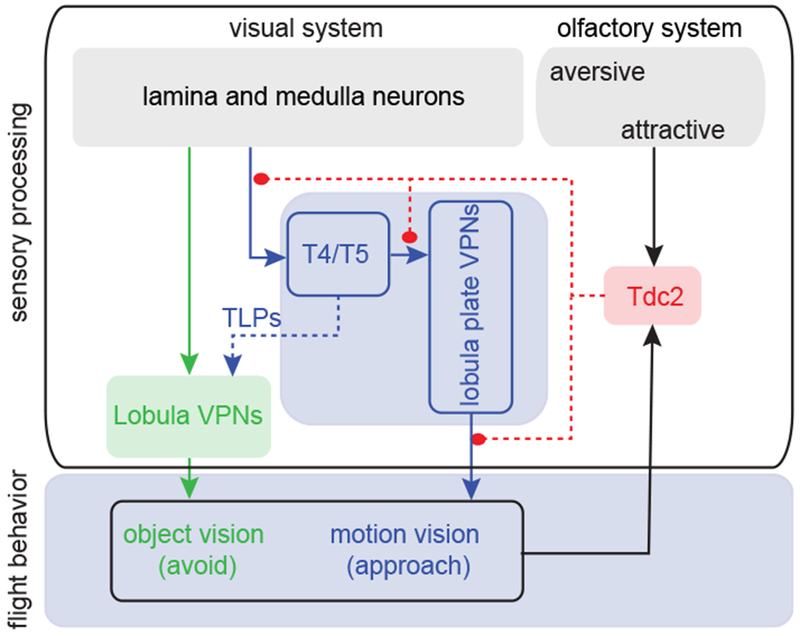Figure 4. Hypothetical block diagram representing the circuit underlying odor-induced visual valence reversal.

Our working model is that olfactory signals act through octopamine signaling to boost the response gain of motion detectors, which in turn elicits robust ‘bar like’ approach in response to an otherwise weakly aversive small object. Parallel feedforward columnar pathways from the medulla supply object detection via lobula VPNs (green), which combine object and motion signals to mediate weak aversion to small moving objects. Lobula plate VPNs (blue) are also supplied by directionally selective T4/T5 neurons, which are necessary for normal bar approach as well as small object avoidance behaviors - possibly (dashed line) via local translobula plate interneurons (TLPs). In flight, T4/T5 optogenetic activation is sufficient to elicit visual object valence reversal. The onset of flight behavior combines with attractive odor signals to activate Tdc2 neurons (red), which release octopamine. To date, evidence shows that octopamine modulates (filled circles) all components of the motion vision circuit, but exactly where in the circuit is unknown (dashed lines). In flight, optogenetic activation of Tdc2 is sufficient to elicit visual object valence reversal.
